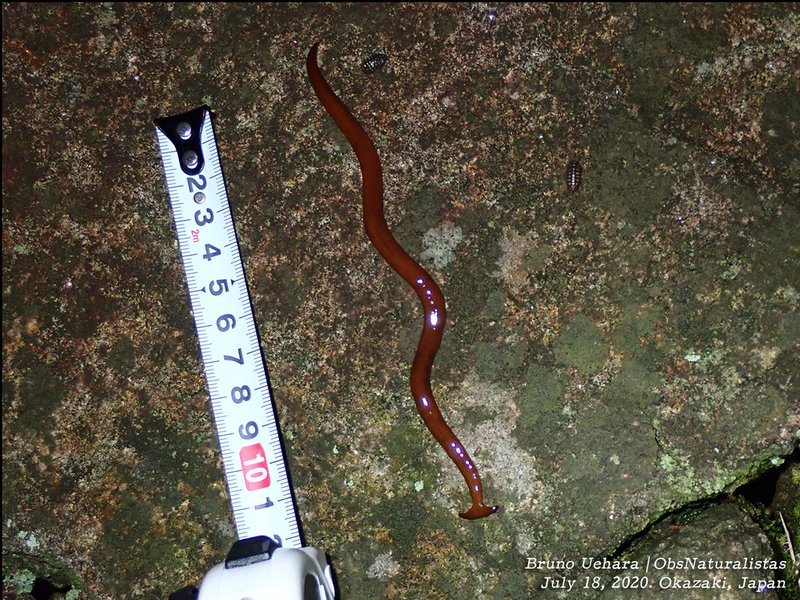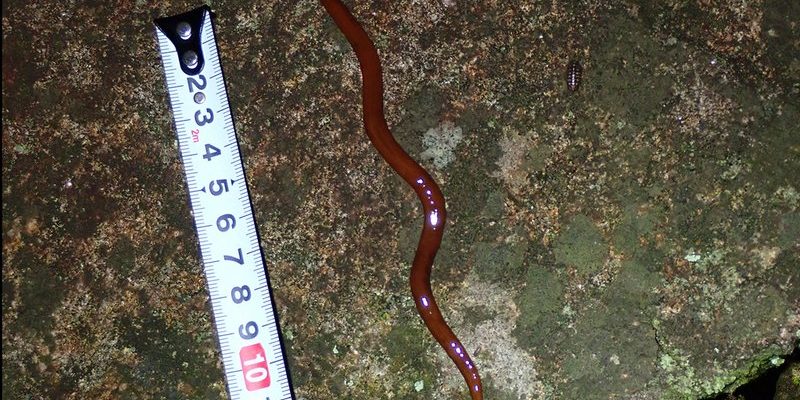
Imagine you’re baking a cake. The right mix of ingredients—flour, eggs, sugar, and moisture—determines how well it rises and tastes. In a similar way, the moisture level in the soil influences the hammerhead worms’ movement and survival. Just like that cake, too little or too much moisture can result in a less-than-ideal outcome. Let’s dig deeper into how these worms thrive in different moisture conditions and what that means for your garden or landscape.
What Are Hammerhead Worms?
First things first, let’s get acquainted with the hammerhead worm. These creatures are long, flat, and can grow up to 12 inches in length. They have a distinctive head shape that resembles a hammer—hence the name. They’re primarily found in tropical and subtropical regions, but they’ve made their way into other areas, too. They feed on various soil organisms, including earthworms, which makes them significant in the ecosystem.
Hammerhead worms are often spotted after rainfall or in damp environments. Their moisture preference aligns closely with their hunting and breeding habits. If you’re wondering where you might find them, look for spots with rich, moist soil, especially in gardens, under leaves, or near shaded areas.
How Moisture Affects Hammerhead Worm Activity
Moisture levels are crucial for hammerhead worms. They thrive in environments where the soil retains water, which fosters their survival and hunting. Think of it as an all-you-can-eat buffet; the wetter the surroundings, the more active they become. Here’s why:
- Breathing and Movement: Hammerhead worms breathe through their skin. Moist environments keep their skin hydrated, allowing them to move easily. If the soil is too dry, they may become sluggish and retreat deeper into the ground.
- Prey Availability: Moist soil often attracts a variety of prey, including earthworms. When conditions are favorable, hammerhead worms can hunt more effectively, increasing their chances of survival.
- Reproduction: These worms reproduce by fragmentation, meaning they can regenerate when cut into pieces. Moist conditions help facilitate this process, allowing them to thrive and multiply during optimal weather.
In short, moisture acts like a lifeline for these worms. Without it, their activity dwindles significantly.
Ideal Moisture Levels for Hammerhead Worms
So, what exactly counts as “ideal” moisture for these creatures? Generally, hammerhead worms prefer damp but not waterlogged soil. Imagine a sponge that’s full but not dripping wet. Here are some key factors:
- Soil Texture: Well-draining soil, like sandy loam, retains moisture without becoming soggy. Hammerhead worms flourish where the soil has good structure and organic matter, which helps hold moisture.
- Humidity: High humidity levels in the air can enhance soil moisture. This is why hammerhead worms are often more active during and after rainfall. Humid nights, especially, can see a spike in their movement as they seek out food.
- Temperature: Warm temperatures paired with moist conditions create an inviting environment. Hammerhead worms typically become more active during warmer months, particularly after rain showers.
Maintaining these ideal moisture levels can help not only hammerhead worms but also other beneficial organisms that contribute to healthy soil.
Seasonal Influences on Hammerhead Worm Activity
Seasons play a significant role in hammerhead worm activity. Just like how certain animals hibernate or migrate, these worms respond to seasonal moisture changes. Here’s a closer look at the seasonal cycle:
- Spring: As the weather warms up and rain becomes frequent, hammerhead worms start to emerge from dormancy. They’ll actively hunt and reproduce, taking advantage of the moist soil.
- Summer: The heat combined with high humidity creates a peak activity period. During this time, you’ll likely find them roaming around after rain, feeding on other soil organisms.
- Fall: As temperatures begin to drop and moisture levels fluctuate, hammerhead worms might become less active. They may retreat deeper into the soil, waiting for optimal conditions to return.
- winter: In colder regions, hammerhead worms can go dormant, lying low until the conditions improve in spring.
By understanding these seasonal patterns, gardeners can better manage their environments to support beneficial soil life.
Managing Soil Moisture for Hammerhead Worms
If you’re keen on encouraging hammerhead worms in your garden, managing soil moisture is key. Here’s what you can do to create favorable conditions:
- Watering: Regular watering helps maintain moisture levels, but avoid over-saturation. Aim for even moisture distribution, especially during dry spells.
- Organic Matter: Adding compost or mulch to your soil can enhance moisture retention. Organic materials break down, holding water while improving soil structure.
- Drainage: Ensure your garden has proper drainage to prevent waterlogging. Raised beds are an excellent way to manage moisture levels effectively.
By implementing these strategies, you’ll create an inviting habitat for hammerhead worms, supporting a healthy garden ecosystem.
Moisture conditions play a crucial role in the activity of hammerhead worms. By recognizing the ideal moisture levels and managing your soil, you not only support these unique creatures but also foster a thriving ecosystem. It’s a fascinating circle of life beneath our feet, reminding us how interconnected everything is.
Next time you see a hammerhead worm slithering around, you might just appreciate its place in the soil’s tapestry a bit more. Remember, maintaining the right moisture balance isn’t just good for the worms—it’s essential for a vibrant garden. Let’s celebrate these unusual yet important contributors to our world!

